Why Spain is a great place for kids
Choosing the city that's right for you
Choosing the visa that's right for you
More than just great weather
Why Spain provides a better quality of life
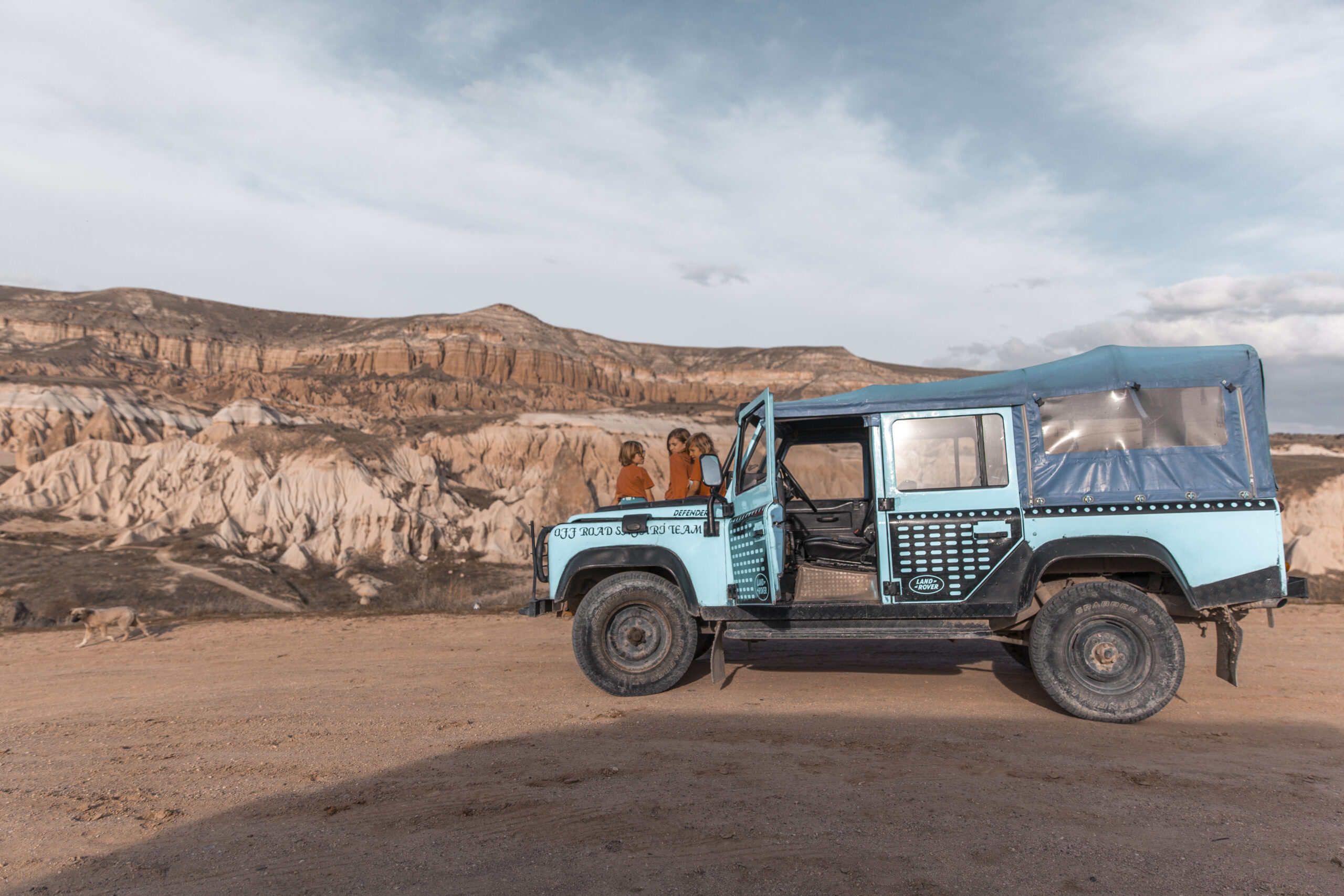
How we Plan
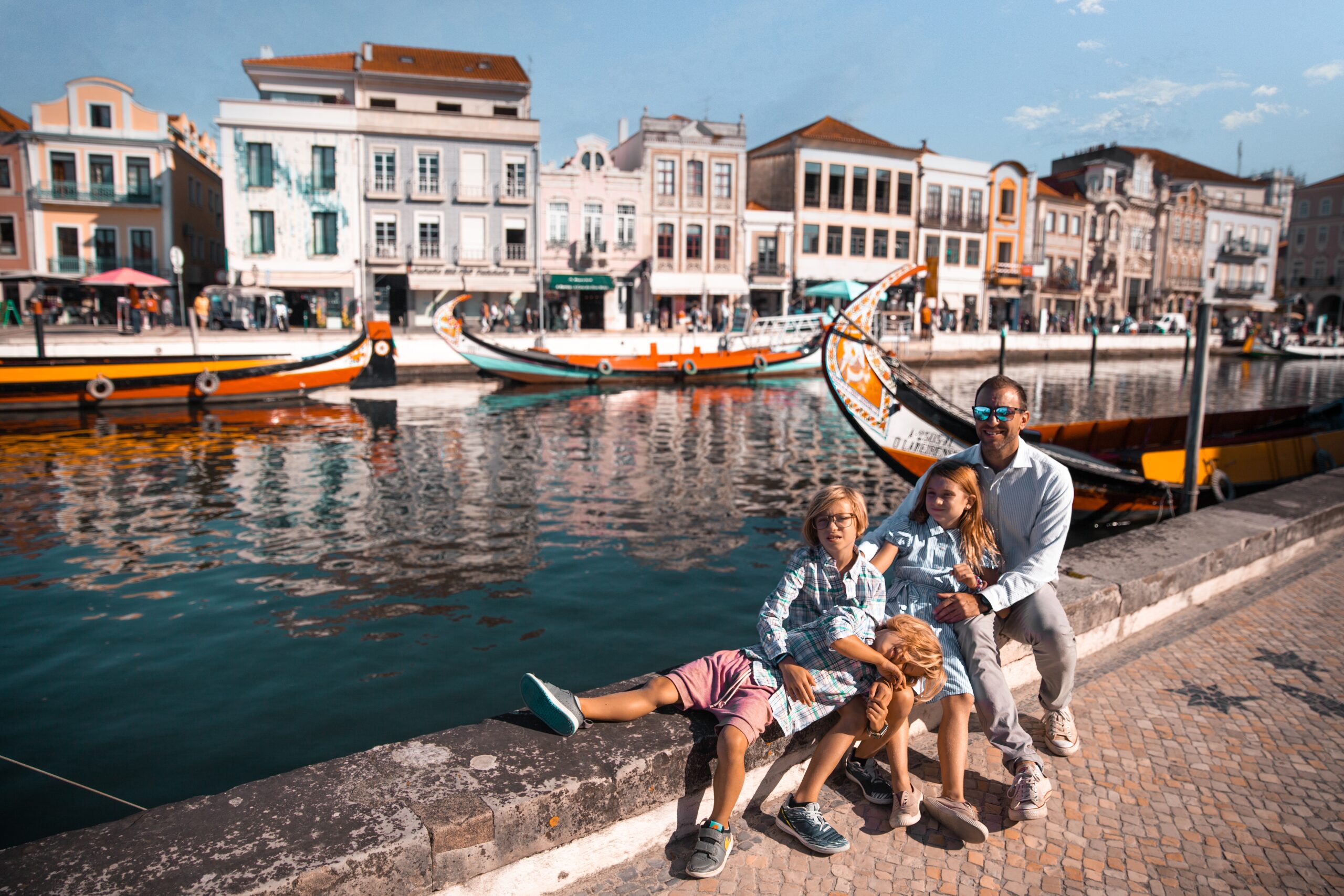
What we pack
Choosing Travel Insurance
Book Your Hotel
with Booking.com
Book Your Car
with RentalCars.com
Book Your Flight
with Skyscanner.com
Book Your Tour
with GetYourGuide.com
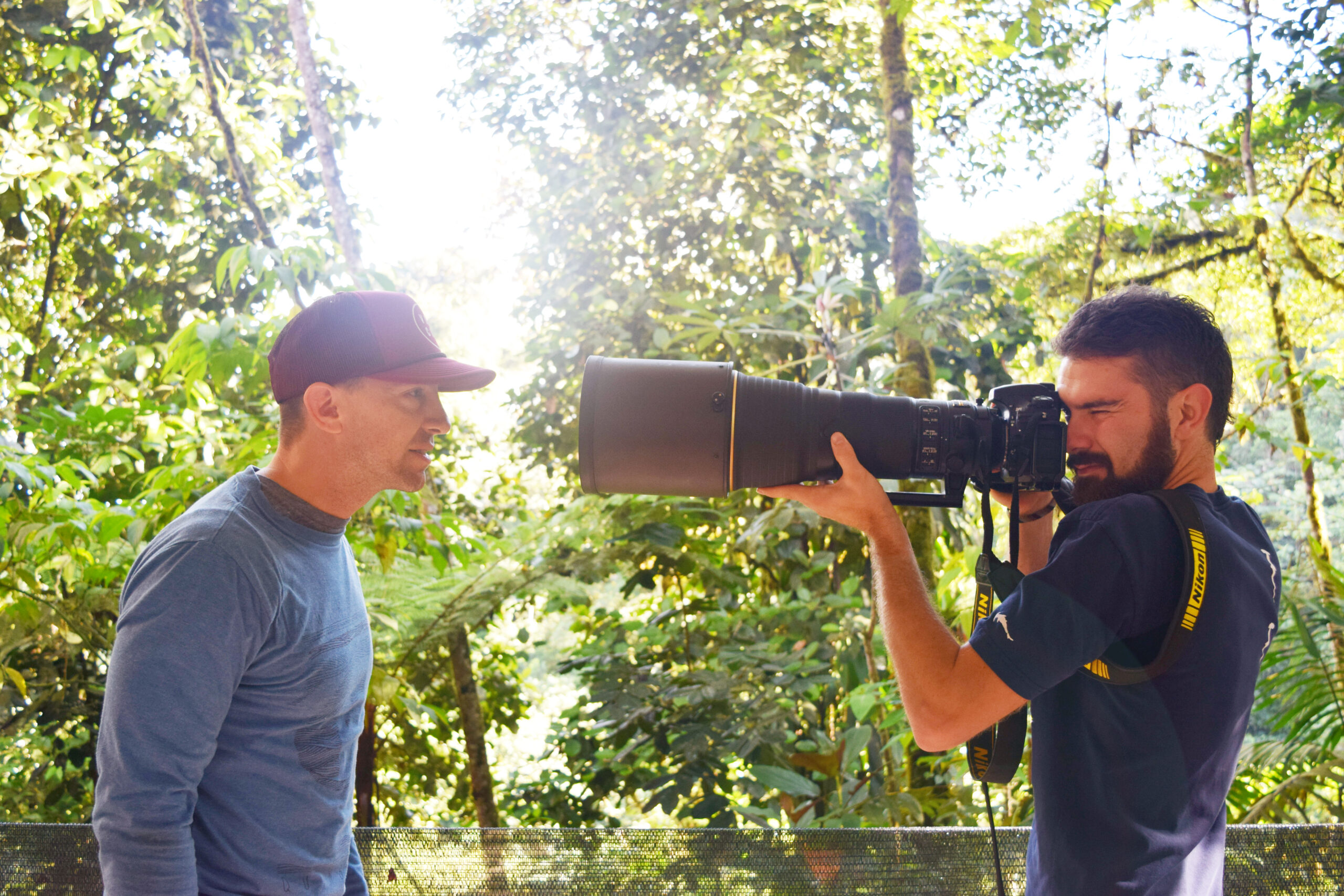
Our Camera Gear
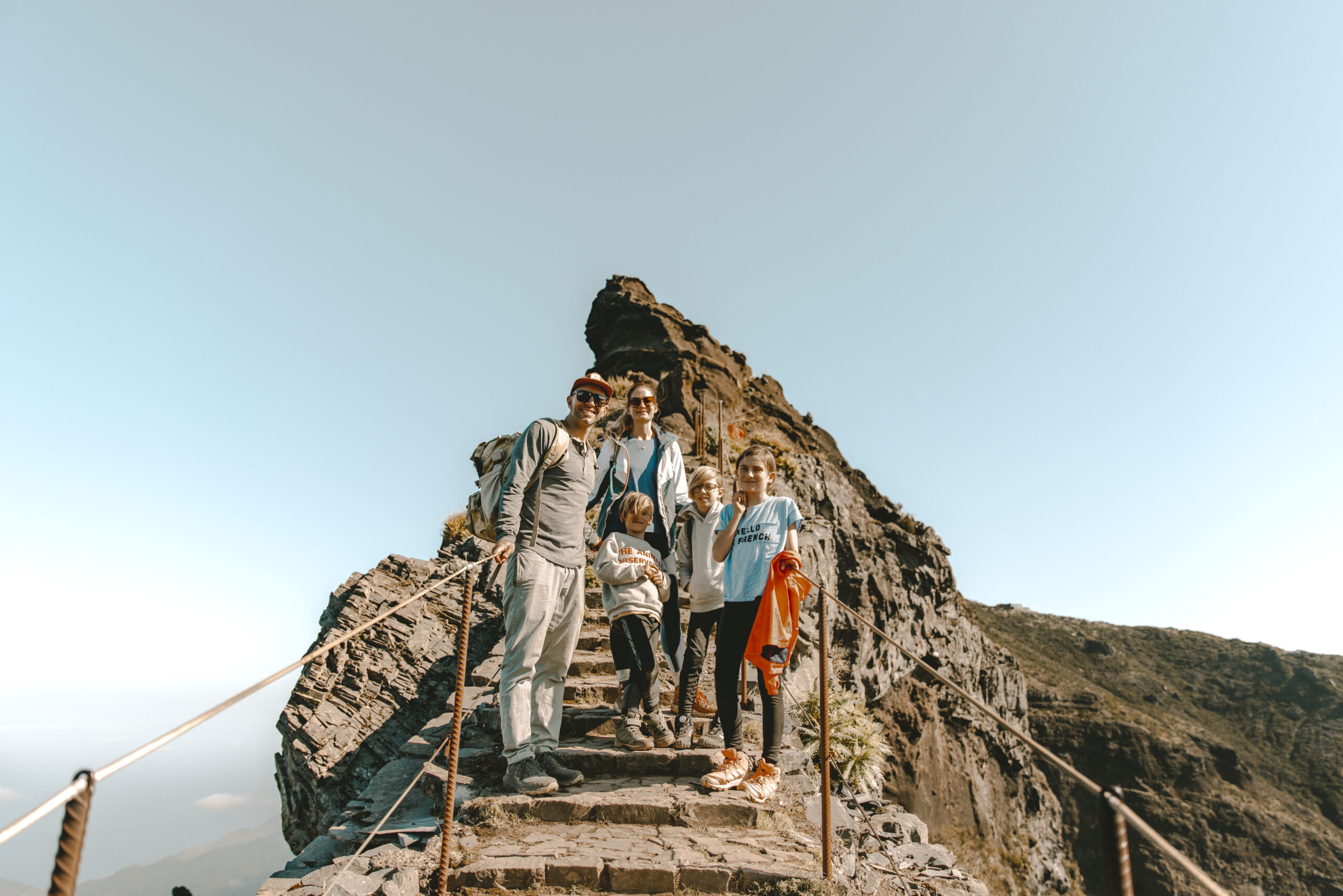
How We Fly
Choosing Your Destination
Guide to...
Brazil
Embark on an exhilarating journey through Brazil’s diverse landscapes, from the iconic Christ the Redeemer statue overlooking Rio de Janeiro’s bustling streets to the untamed wilderness of the Amazon rainforest, where vibrant cultures, samba rhythms, and breathtaking natural wonders converge.
- Rio de Janeiro
- Niteroi
- Carnival
- Ilhe Grande
- Buzios
- Sugarloaf
- Cristo Redentor
Map
Weather
Itineraries
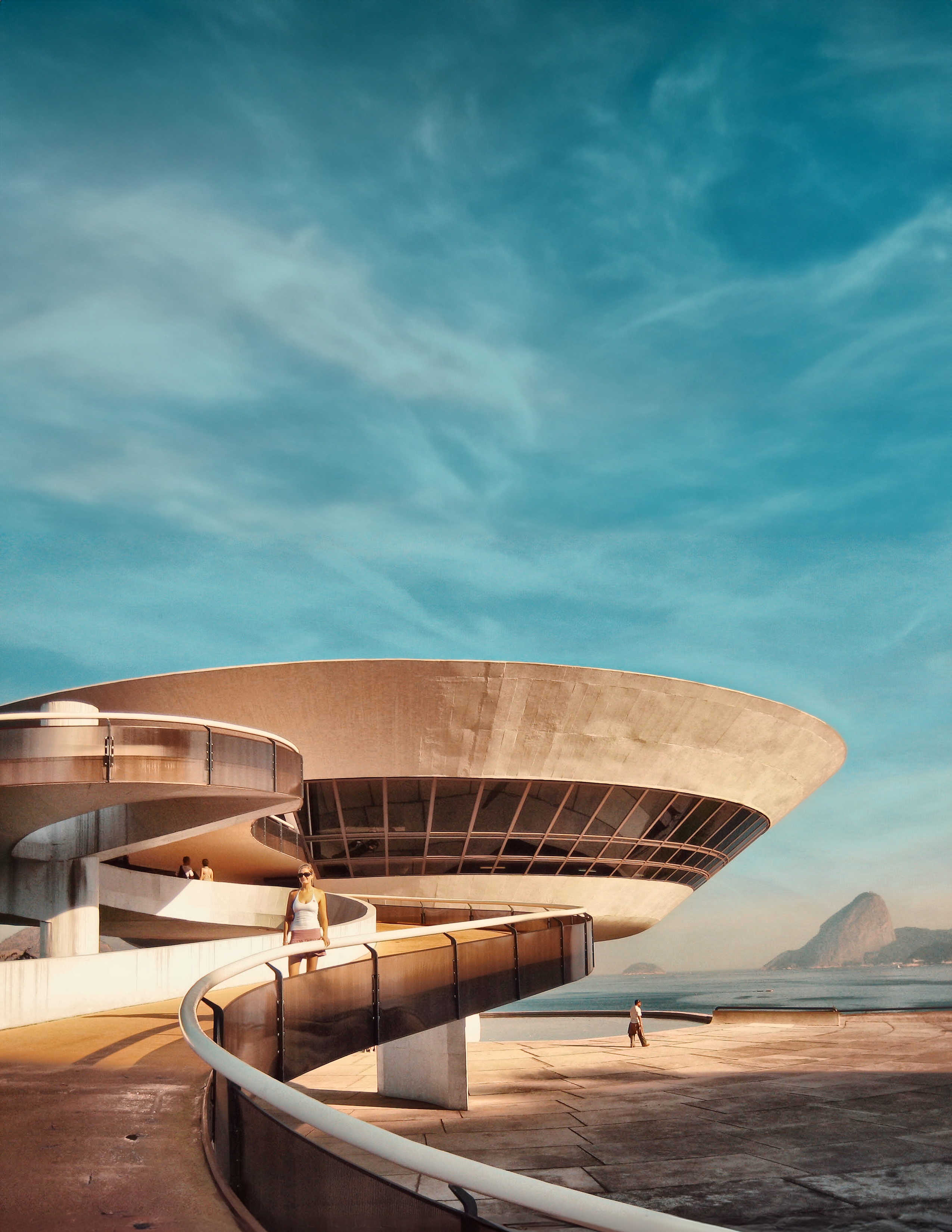
Coming Soon...
rio de janeiro
Top Five Restaurants in rio de janeiro
Olympe, a Michelin-starred gem, blends French culinary techniques with Brazilian ingredients, resulting in a unique dining experience. Chef Claude Troisgros, hailing from the famous Troisgros family in France, delivers innovative dishes that highlight local flavors. The tasting menu is a must-try, offering an exquisite journey through modern gastronomy.
Nestled in the bohemian neighborhood of Santa Teresa, Aprazível offers breathtaking views of the city and an atmosphere reminiscent of a tropical paradise. The menu features traditional Brazilian dishes with a contemporary twist, emphasizing fresh, locally-sourced ingredients. The “Moqueca Capixaba” is a standout dish that perfectly encapsulates the essence of Brazilian cuisine.
Oro, helmed by Chef Felipe Bronze, is a culinary experience that marries the precision of modern cooking techniques with the rich flavors of Brazil. The restaurant has two Michelin stars and is renowned for its creative and playful approach to cuisine. The tasting menu, which changes regularly, showcases the best seasonal ingredients and innovative presentations.
Miam Miam is a cozy and eclectic bistro that brings a touch of home-cooked charm to Rio’s culinary scene. Located in Botafogo, it offers a menu that blends comfort food with gourmet flair. Chef Roberta Ciasca’s creations, such as the “Bolinho de Feijoada” (black bean fritters), reflect a passion for traditional Brazilian flavors presented in a modern way.
Cipriani, located in the luxurious Belmond Copacabana Palace, delivers an elegant dining experience with its refined Italian cuisine. The restaurant, named after the famous Harry’s Bar in Venice, combines classic Italian recipes with high-quality Brazilian ingredients. The sophisticated ambiance and impeccable service make it a perfect spot for a special occasion.
Top Five hotels in rio de janeiro
A symbol of luxury and sophistication, the Belmond Copacabana Palace has been an iconic fixture on Copacabana Beach since 1923. This historic hotel offers lavish rooms, exceptional dining options, and world-class amenities, including a stunning pool and a renowned spa. The hotel’s timeless elegance and impeccable service make it a favorite among celebrities and discerning travelers.
Situated in the trendy Ipanema neighborhood, Hotel Fasano Rio de Janeiro combines contemporary design with classic elegance. Designed by Philippe Starck, the hotel features stylish rooms with breathtaking ocean views, a rooftop infinity pool, and a chic bar. The Fasano Al Mare restaurant offers exquisite Italian cuisine, making the hotel a destination in itself.
Located on the famous Copacabana Beach, Emiliano Rio offers a blend of modern luxury and Brazilian charm. The hotel features elegantly designed rooms with panoramic ocean views, a rooftop infinity pool, and a luxurious spa. The Emile Restaurant serves contemporary cuisine with a focus on fresh, local ingredients, providing a gourmet dining experience.
Miramar Hotel by Windsor, situated on Copacabana Beach, offers stunning ocean views and top-notch amenities. The hotel features stylish rooms, a rooftop pool with panoramic views, and a fitness center. The Sa Restaurant serves a mix of Brazilian and international dishes, making it a popular choice for both leisure and business travelers.
Nestled in the historic and bohemian Santa Teresa neighborhood, Santa Teresa Hotel RJ – MGallery offers a unique boutique experience. The hotel, housed in a former coffee plantation mansion, features elegant rooms with rustic charm, a beautiful pool area, and lush gardens. The Térèze Restaurant offers gourmet cuisine with a focus on local flavors, set against the backdrop of stunning city views.
FAQ's
What are the main things to do with kids in Brazil?
Brazil is a vast and diverse country that offers a wealth of activities and attractions for families with kids. Here are some of the main things to do with kids in Brazil:
1. Visit Rio de Janeiro:
– Explore the iconic Christ the Redeemer statue and Sugarloaf Mountain
– Spend a day at the beautiful Copacabana or Ipanema beaches
– Visit the Botanical Garden and see the stunning landscapes
2. Explore São Paulo:
– Visit the São Paulo Zoo and the Ibirapuera Park
– Check out interactive museums like the Catavento Cultural and the Museum of Tomorrow
3. Visit the Amazon Rainforest:
– Take a boat tour along the Amazon River and spot wildlife
– Stay in an eco-lodge and experience the jungle
4. Discover the Iguaçu Falls:
– Marvel at the impressive Iguaçu Falls, one of the world’s largest waterfalls
– Enjoy the national parks and hiking trails around the falls
5. Beach Destinations:
– Relax and play on the beautiful beaches of Florianópolis, Buzios, and Natal
– Try water sports like snorkeling, kayaking, and stand-up paddleboarding
6. Cultural Experiences:
– Learn about the indigenous cultures and traditions at museums and cultural centers
– Watch traditional dance performances and visit artisan markets
7. Adventure Activities:
– Go on a jeep tour or zip-lining adventure in the mountains
– Try sandboarding on the dunes of Natal or Jericoacoara
8. Historical Sites:
– Visit the colonial towns of Ouro Preto, Olinda, and Paraty
– Explore the historic center of Salvador, a UNESCO World Heritage Site
These are just a few examples, and the specific activities will depend on the ages and interests of your kids. Brazil offers a diverse range of experiences, from urban attractions to natural wonders, making it an exciting destination for family travel.
What is Brazil famous for?
Brazil is famous for several things, including:
1. Amazon Rainforest: The Amazon Rainforest, the largest rainforest in the world, is mainly located in Brazil, covering about 60% of the country’s total area. It’s renowned for its biodiversity, with millions of plant and animal species.
2. Carnival: The annual Carnival celebration in Rio de Janeiro is one of the biggest and most famous carnivals in the world, known for its extravagant parades, samba dancing, and vibrant costumes.
3. Soccer: Brazil is a soccer powerhouse, having won the FIFA World Cup a record five times (1958, 1962, 1970, 1994, and 2002). Soccer is deeply ingrained in Brazilian culture, and the country has produced some of the greatest players in the sport’s history, such as Pelé, Ronaldo, and Neymar.
4. Beaches: Brazil boasts some of the most beautiful beaches in the world, including Copacabana and Ipanema in Rio de Janeiro, as well as stunning beach destinations like Buzios, Jericoacoara, and Fernando de Noronha.
5. Biodiversity: With a vast territory spanning different biomes, Brazil is home to an incredible diversity of plant and animal species, including the Amazon Rainforest, the Atlantic Forest, the Pantanal wetlands, and the Cerrado savanna.
6. Coffee: Brazil is one of the world’s largest producers and exporters of coffee, with coffee plantations and production concentrated in the southeastern regions of the country.
7. Architecture: Brazil has several iconic architectural landmarks, such as the Christ the Redeemer statue in Rio de Janeiro, the contemporary designs of Oscar Niemeyer in Brasília, and the colonial architecture found in cities like Ouro Preto and Salvador.
8. Culture and Music: Brazilian culture is a vibrant mix of indigenous, African, European, and other influences, reflected in its diverse music genres, such as samba, bossa nova, forró, and funk carioca.
These are just a few of the many things that Brazil is famous for, showcasing its rich natural, cultural, and historical heritage.
What power plug type does Brazil use?
Brazil uses two main types of power plugs and sockets:
1. Type N plug
This is the most common plug type used in Brazil. It has two flat parallel prongs. This plug type is also used in several other South American countries.
2. Type C plug
This plug type has two round prongs. It’s also found in Brazil, though less commonly than the Type N.
The standard voltage in Brazil is 127V or 220V (depending on the region), with a frequency of 60Hz.
If you are traveling to Brazil from a country that uses different plug types, like the Type A (flat parallel prongs) or Type B (same as A but grounded) used in the United States, you will need a plug adapter to be able to use your electrical devices.
Additionally, if your device is not compatible with the 127V/220V voltage used in Brazil, you may also require a voltage converter or transformer to avoid damaging your electronics.
It’s always a good idea to check the voltage requirements of your devices and carry the necessary plug adapters and converters when traveling to Brazil to ensure compatibility with the local electrical systems.
Is Brazil safe?
Brazil is a vast country with varying levels of safety across different regions and cities. Here’s an overview of the safety situation in Brazil:
1. Major Cities: The large metropolitan areas, such as Rio de Janeiro, São Paulo, and Brasília, have higher crime rates, particularly in certain neighborhoods. Petty crimes like pickpocketing, muggings, and robberies are common, especially in crowded areas and on public transportation. However, many tourist areas are generally safe during the day.
2. Favelas (Slums): The favelas or informal settlements in major cities can be dangerous for tourists, as they are often controlled by drug gangs and have high crime rates. It’s best to avoid entering favelas unless you are with a knowledgeable local guide.
3. Tourist Destinations: Popular tourist destinations like Iguaçu Falls, the Amazon region, and coastal resort towns tend to be relatively safe for visitors, especially in well-established tourist areas and when following basic precautions.
4. Rural Areas: Remote rural areas and smaller towns generally have lower crime rates, but it’s still essential to exercise caution and follow local advice.
5. Protests and Demonstrations: Protests and demonstrations can occur in major cities, and some have turned violent in the past. It’s advisable to avoid areas where large protests are taking place.
Overall, Brazil is a beautiful country with many attractions, but visitors should exercise reasonable caution, particularly in large cities. It’s recommended to research your specific destinations, avoid isolated areas at night, keep valuables out of sight, and follow the advice of local authorities and trusted sources.
Additionally, it’s a good idea to purchase travel insurance, register with your embassy or consulate, and familiarize yourself with emergency contacts and procedures.
How can a Brazil travel guide help you explore the country's vibrant culture and stunning landscapes?
A Brazil travel guide can be an invaluable resource for exploring the country’s vibrant culture and stunning landscapes in several ways:
1. Cultural Immersion: A knowledgeable guide can provide in-depth insights into the rich cultural tapestry of Brazil, from its indigenous roots to the influence of African, European, and other cultures. They can help you understand local customs, traditions, and ways of life, allowing you to experience Brazil’s cultural diversity more authentically.
2. Historical Context: Brazil has a fascinating history, from the colonial era to modern times. A travel guide can bring historical sites, landmarks, and monuments to life, providing context and stories that enrich your understanding of the country’s past.
3. Local Expertise: Guides are often locals or have extensive experience in the regions they cover. They can share insider tips, recommend off-the-beaten-path destinations, and help you navigate the country’s diverse landscapes, from the Amazon rainforest to the stunning beaches and coastal areas.
4. Language Assistance: If you don’t speak Portuguese, a guide who is fluent in your language can act as a translator, facilitating communication with locals and ensuring you get the most out of your interactions.
5. Logistical Support: Travel guides can help plan itineraries, arrange transportation, and handle logistics, allowing you to focus on enjoying your journey without worrying about the details.
6. Safety and Guidance: Brazil is a vast country, and some areas can be challenging for independent travelers. A guide can provide valuable safety advice, help you avoid potential risks, and ensure you have a smooth and enjoyable experience.
7. Sustainable Tourism: Responsible guides can promote sustainable tourism practices, ensuring that your visit has a minimal impact on the environment and supports local communities.
Whether you’re interested in exploring Brazil’s rich indigenous cultures, discovering its vibrant cities, or venturing into the Amazon, a knowledgeable and experienced travel guide can elevate your journey, providing insights, access, and a deeper appreciation for the country’s incredible cultural and natural wonders.
What should you look for when choosing the best Brazil travel packages?
When choosing the best Brazil travel packages, there are several key factors to consider:
1. Inclusions: Look for packages that include the major attractions and activities you want to experience. Reputable packages should cover accommodation, transportation (flights, transfers, etc.), guided tours, some meals, and entrance fees to popular sites.
2. Customization: The best packages offer flexibility and customization options to tailor the itinerary to your specific interests and preferences. This could include adding or removing certain activities, adjusting the duration, or choosing different accommodation types.
3. Reputation and Reviews: Research the tour company or travel agency offering the package. Look for positive reviews from previous travelers, and check if they are accredited or have industry certifications. Reputable companies prioritize quality service, safety, and customer satisfaction.
4. Local Expertise: Opt for packages designed and operated by companies with local expertise in Brazil. Local guides and operators can provide deeper insights, access to off-the-beaten-path experiences, and better navigation of cultural nuances.
5. Accommodation Quality: Consider the level of accommodation included in the package. If you prefer luxury or specific amenities, ensure the package meets your standards for hotels, resorts, or lodges.
6. Pace and Balance: Evaluate the pace of the itinerary to ensure it aligns with your travel style. A well-designed package should strike a balance between guided activities and free time for independent exploration.
7. Value for Money: Compare the inclusions and overall cost of different packages to find the best value for your budget. Keep in mind that the cheapest option may not always be the best choice in terms of quality and experiences.
8. Sustainability: Consider packages that prioritize sustainable and responsible tourism practices, supporting local communities and minimizing environmental impact.
9. Travel Dates and Group Size: Check if the package is available for your preferred travel dates and if the group size (if it’s a group tour) suits your preferences.
By carefully evaluating these factors, you can find the best Brazil travel package that meets your needs, provides an authentic and enriching experience, and creates lasting memories of this vibrant and diverse country.
What are the current Brazil travel restrictions and how do they affect your trip plans?
As of now, traveling to Brazil is quite accessible, with minimal restrictions impacting visitors from the United States. There are no mandatory COVID-19 vaccination requirements for entry, and both vaccinated and unvaccinated travelers can enter without needing to present a negative COVID-19 test or undergo quarantine.
However, starting from April 10, 2025, there will be a change concerning visa requirements. Travelers from the United States, Canada, and Australia will need to obtain an eVisa for both tourist and business purposes when entering Brazil. It’s advisable to apply for this visa well in advance of your travel date due to the processing time which can take up to two weeks.
Additionally, while in Brazil, it’s recommended to exercise a high degree of caution due to high crime rates in some areas. Local safety guidelines like frequent hand washing and social distancing are encouraged to prevent further outbreaks of any illnesses. Public transportation, restaurants, bars, and shops are operational, with some restrictions possibly varying by region.
For the most current and detailed information, it’s best to keep an eye on official travel advisories and guidelines as you plan your trip.
What key information should be included in a Brazil travel brochure to entice visitors?
A well-designed Brazil travel brochure should highlight the country’s diverse attractions and rich culture to entice potential visitors. Here are some key pieces of information that should be included:
1. Iconic Landmarks and Natural Wonders:
– Stunning images of Christ the Redeemer statue in Rio de Janeiro
– Breathtaking views of the Iguaçu Falls, one of the world’s largest waterfalls
– Lush landscapes of the Amazon rainforest and opportunities for ecotourism
2. Vibrant Cities and Cultural Experiences:
– Highlights of Rio de Janeiro’s world-famous Carnival celebrations
– Glimpses of São Paulo’s cosmopolitan vibe and gastronomic delights
– Insights into Salvador’s Afro-Brazilian heritage and colorful colonial architecture
3. Beach Destinations and Coastal Adventures:
– Captivating photos of Brazil’s iconic beaches, such as Copacabana and Ipanema
– Water sports and activities available in paradise islands like Fernando de Noronha
– Opportunities for snorkeling, diving, and exploring the marine life
4. Indigenous Cultures and Amazon Explorations:
– Immersive experiences with indigenous communities in the Amazon basin
– Guided jungle treks, river cruises, and opportunities for wildlife spotting
5. Historical and Cultural Heritage:
– Highlights of the colonial towns like Ouro Preto and Paraty, with well-preserved architecture
– Information on UNESCO World Heritage sites and museums showcasing Brazil’s rich history
6. Adventure and Outdoor Activities:
– Thrilling adventures like hiking, rock climbing, and rappelling in scenic locations
– Opportunities for ecotourism, such as exploring the Pantanal wetlands
7. Culinary Delights and Nightlife:
– Sampling the diverse flavors of Brazilian cuisine, from churrasco to Amazonian delicacies
– Vibrant nightlife scenes in cities like Rio de Janeiro and São Paulo
8. Practical Information:
– Best times to visit different regions and climatic conditions
– Transportation options and travel tips
– Accommodation choices, from luxury resorts to eco-lodges
The brochure should also include enticing descriptions, maps, and contact information for booking tours or seeking further assistance. Vibrant imagery, coupled with well-crafted narratives and practical details, can effectively showcase Brazil’s unique blend of natural beauty, cultural richness, and adventure, inspiring travelers to experience this captivating destination.

